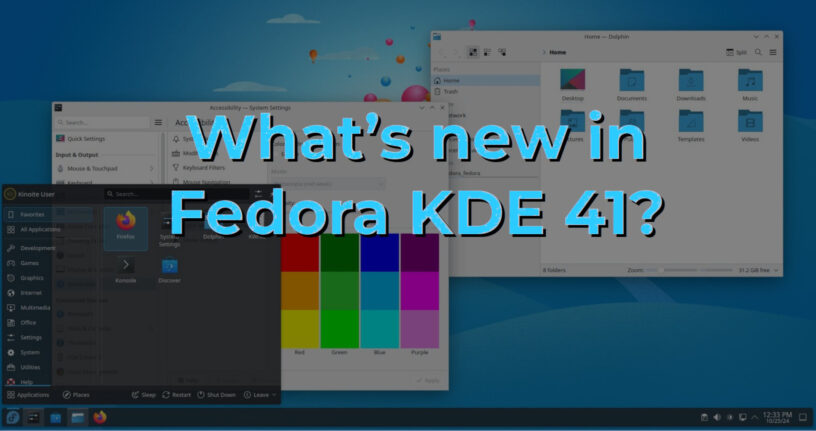How RHEL and Fedora Shape Red Hat's Linux Solutions
Not all Linux distributions provide platforms for enterprise and non-business adopters. Red Hat Enterprise Linux (RHEL) and the Fedora Project let users keep their Linux computing all in the family. Both the enterprise and community versions have upgraded over the last few weeks.
Differences Between RHEL and Fedora
RHEL is a commercial distribution available through a subscription and does not rely solely on community support. On the other hand, Fedora Linux is a free distro supported and maintained by the open-source community. In this case, Red Hat is the Fedora Project’s primary sponsor. However, independent developers in the Fedora community also contribute to the project. Often, Fedora Linux is a proving ground for new features that ultimately become part of the RHEL operating system.
Focus on Enterprise Solutions
RHEL focuses on delivering enterprise-grade solutions. RHEL 9.5, released on Nov. 13, offers improved functionality in deploying applications and more effectively managing workloads across hybrid clouds while mitigating IT risks.

Enhanced Features of RHEL 9.5
RHEL 9.5 delivers enhanced capabilities to bring more consistency to the operating system underpinning rapid IT innovations. This impacts the use of artificial intelligence (AI) in edge computing to make these advancements accessible for more organizations. Increased platform support for confidential computing enables data protection for AI workloads and lowers the attack surface for insider threats.
Advancements in Fedora 41
Matt Miller, the Fedora Linux project leader, announced the release of Fedora 41 on Oct. 29. Fedora 41 includes updates to thousands of packages, ranging from tiny patches to extensive new features. The Workstation edition offers various desktop environment options, known as spins, including Xfce, LxQt, and Cinnamon.

Fedora Workstation 41 is based on Gnome 47, with enhancements like customization potential, improved small-screen support, and new-style dialogue windows for better usability across various screen sizes.
Conclusion
Red Hat's Linux solutions, through RHEL and Fedora, cater to different user needs with a focus on enterprise-grade solutions and community-driven innovation, respectively. Keeping pace with evolving technologies like AI and cloud computing, both platforms continue to advance, providing users with robust operating systems that meet a variety of computing requirements.




















